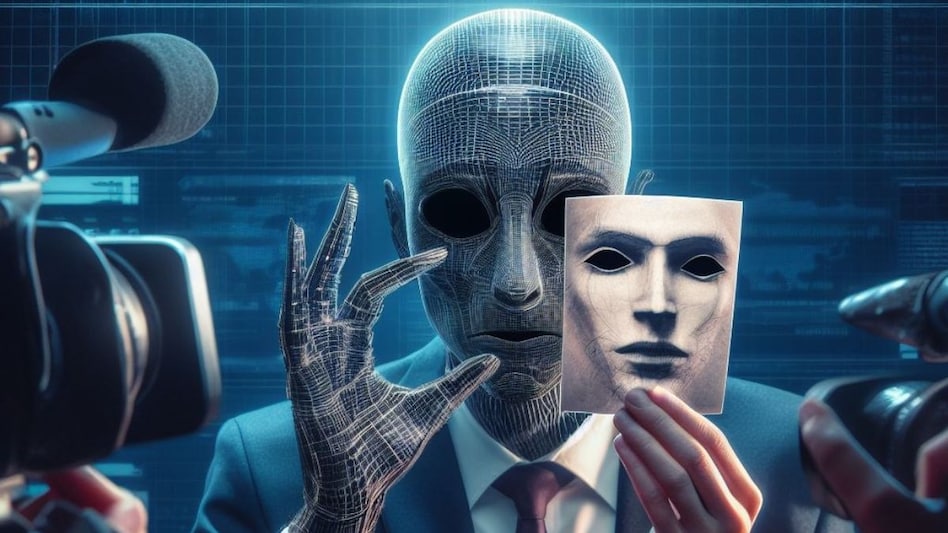Deep fakes have been around for some time but the technology has significantly improved over the years
In an era where "seeing is believing" no longer holds true, the threat of deepfakes has become increasingly prevalent. The recent incident involving a convincingly real deepfake video of popular actress Rashmika Mandanna has not only shocked viewers but also stirred the Bollywood industry and the government to take action against this growing menace. There is no single way that can guarantee a 100 per cent safety from your media being used by deepfake tools but there are certain steps one can take to decrease that probability.
Unmasking deepfakes
Deepfakes, a term likely heard by many in recent days, refers to the technique of superimposing the face of one person onto another in an image or video. This technology often exploits the abundant visual data available for popular personalities, resulting in forgeries so profound that distinguishing between what's real and what's not becomes nearly impossible.
The rising concern
Deepfakes have been around for some time but the technology has significantly improved over the years. The advent of AI and AI tools, especially in the last year, has led to the creation of extremely convincing deepfakes. Furthermore, the ease of access to numerous online tools that can generate deepfakes in a few clicks, without the need for high-tech devices or substantial investment, has exacerbated the issue.
How to protect your images and videos from deepfakes
There are a few things you can do to protect your images and videos from deepfakes:
Be careful what you share online: Don't share personal images or videos on social media or other public platforms. If you must share them, make sure you set your privacy settings to the highest level. Tools that create deepfakes require a lot of raw data to train on. By ensuring that your images or videos are private you can make it tough for the tool to develop deepfakes
Use strong passwords: Use strong passwords for all of your online accounts. This will make it more difficult for hackers to access your images and videos
Use a reputable antivirus program: A good antivirus program can help protect your computer from malware that could be used to create deepfakes
Be aware of the signs of deepfakes: If you see a video or image that seems too good to be true, it may be a deepfake. Be careful about sharing it or believing it
Watermarking: Watermarking your images and videos can deter potential misuse. While it’s not foolproof, it adds an extra layer of protection, making it harder for others to claim your work as their own
Metadata: Metadata is information embedded in a file that can include details about the copyright owner, date of creation, and location. Ensuring your metadata is accurate and up-to-date can help prove ownership in situations of conflict.
Besides protecting your images and videos from being used for deepfakes, as a consumer of media there are a few tips and tricks to spot fake videos. Here are a few of them to help you decipher what's real and what's not:
Look for inconsistencies: In the recent deepfake video of Rashmika Mandanna, the AI failed to detect the face in the initial frames, resulting in a noticeable transition to the actress's face. Any unusual action or sound can often give away a fake video
Check for colour and lighting mismatches: If the face doesn't match the surroundings or appears slightly off, it could be a sign of a deepfake
Pay attention to audio quality and lip-sync: Any slight mismatch in audio or lip-sync could indicate an anomaly in the video
Use deepfake detection tools: While not 100% accurate, multiple online deepfake detection tools can provide valuable input
Stay alert and cautious: The best defense against deepfakes is to remain vigilant about the media consumed on the internet and to verify information from multiple sources. As deepfakes continue to evolve, staying informed and alert is our best line of defense.





